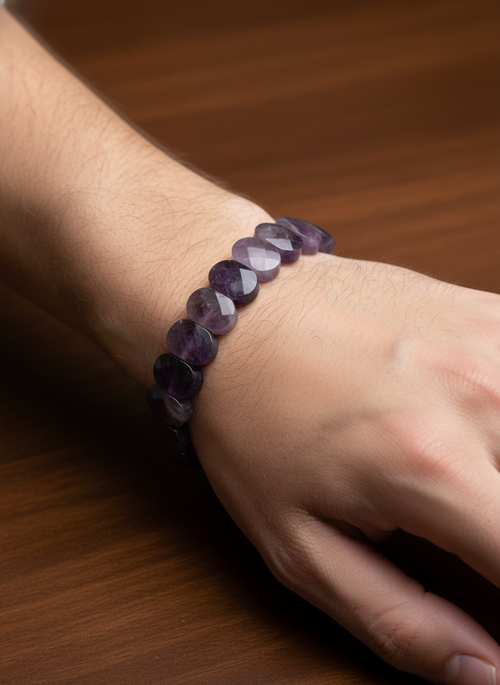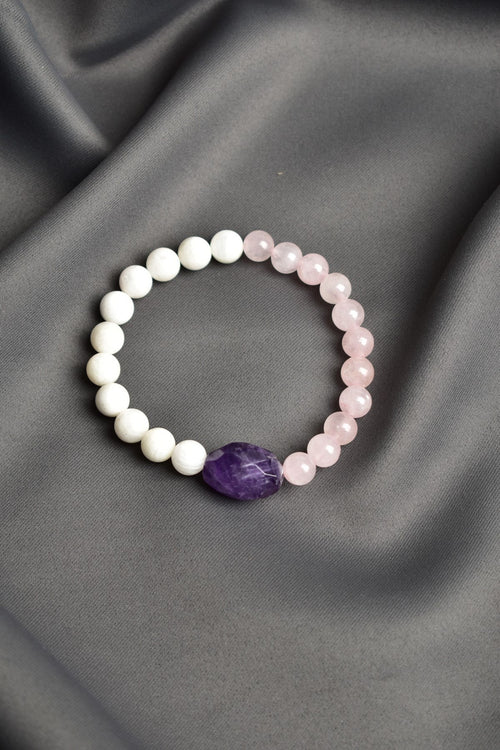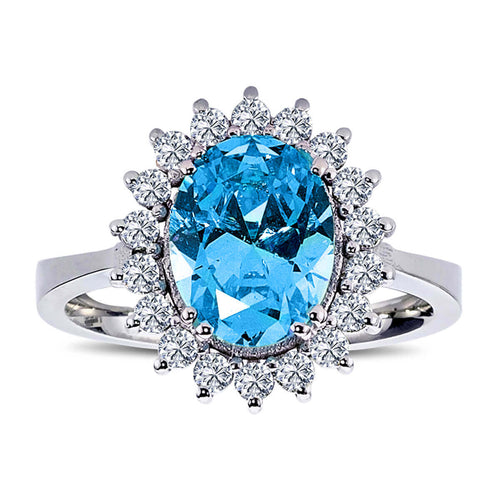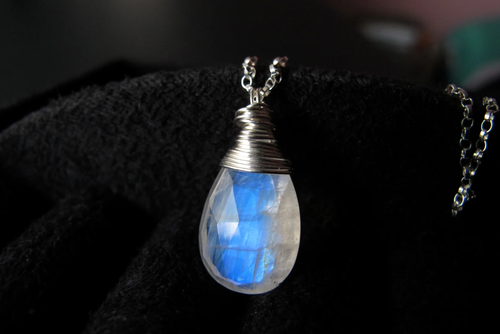ALL PRODUCTS IGSL INTERNATIONAL CERTIFIED
The most exhibited natural stones in museums are the stones that attract attention due to both their aesthetic beauty and their scientific and historical value. These stones attract the attention of visitors from all over the world and showcase the unique characteristics of these wonders of nature. Here are some of the most exhibited natural stones in museums:
1. Diamond
- Features: Diamond is one of the most precious and hard stones in the world. Diamonds of different sizes, colors and shapes are often exhibited in museums.
-
Important Examples:
- Hope Diamond: On display at the Smithsonian National Museum of Natural History. It is one of the most famous diamonds in the world.
- Cullinan Diamond: Part of the jewellery collection in the Tower of London, this diamond is the largest cut diamond in the world.
2. Sapphire
- Features: Sapphire is a precious stone, especially known for its blue tones. Rare and large-sized sapphires are exhibited in various museums.
-
Important Examples:
- Star of India: This sapphire, exhibited at the American Museum of Natural History in New York, is the largest star sapphire in the world.
- Logan Sapphire: On display at the Smithsonian National Museum of Natural History.
3. Emerald
- Features: Emerald is a precious stone known for its vibrant green color and is commonly found in historical jewelry and royal treasures.
-
Important Examples:
- Gachala Emerald: A large emerald on display in the Smithsonian National Museum of Natural History.
- Mogul Emerald: This stone, weighing 217.80 carats, was exhibited in the Victoria and Albert Museum.
4. Lapis Lazuli
- Properties: Lapis lazuli is a semi-precious stone known for its deep blue color and golden pyrite flecks. It has been used in ornaments and sculptures since ancient times.
-
Important Examples:
- Tomb of Tutankhamun: This burial mask on display in the Egyptian Museum is decorated with lapis lazuli.
- National Museum of Natural History: Lapis lazuli specimens are exhibited in the mineralogy collection of this museum.
5. Amethyst
- Properties: Amethyst is a type of quartz known for its purple color. It is often found in large geodes and is often displayed in museums.
-
Important Examples:
- Smithsonian National Museum of Natural History: Large amethyst crystals and geodes are displayed here.
- Royal Ontario Museum: Amethyst specimens are exhibited in the mineralogy department of this museum.
6. Opal
- Features: Opal is known for its unique play of color and brilliance. Australian opals are frequently exhibited, especially in museums.
-
Important Examples:
- Aurora Opal Collection: This collection, on display at the Smithsonian National Museum of Natural History, is one of the largest opal collections in the world.
- Royal Ontario Museum: Large opal specimens from Australia are on display.
7. Tanzanite
- Features: Tanzanite is a rare and precious stone, usually found in blue-violet colors. Tanzanites hold an important place in jewelry collections.
-
Important Examples:
- Smithsonian National Museum of Natural History: Large and rare tanzanite stones are exhibited here.
8. Topaz
- Features: Topaz is a gemstone found in a variety of colors. Especially the orange-red tones known as imperial topaz attract attention in museums.
-
Important Examples:
- Ouro Preto Emperor Topaz: A large emperor topaz on display in the Smithsonian National Museum of Natural History.
9. Malachite
- Properties: Malachite is known for its rich green hues and unique banding patterns. It has been widely used for decorative purposes throughout history.
-
Important Examples:
- Hermitage Museum (St. Petersburg): Malachite columns and decorative objects are exhibited in this museum.
10. Turquoise
- Properties: Turquoise is a blue-green stone that has been used in ornaments and jewelry since ancient civilizations.
-
Important Examples:
- Mexican Museum of Anthropology: Turquoise masks and ornaments used by the Aztecs are exhibited here.
11. Amber
- Properties: Amber is a fossilized resin and is notable for the remains of ancient insects trapped within. Specimens of amber are displayed in museums for both their scientific and aesthetic value.
-
Important Examples:
- Baltic Amber Collection: Amber rooms and objects are exhibited in the Kaliningrad Amber Museum in Russia.
- Smithsonian National Museum of Natural History: Amber samples containing fossils of different sizes and contents are exhibited.
12. Zircon
- Features: Zircon is a mineral that can be found in a variety of colors and plays an important role in determining geological age.
-
Important Examples:
- Australian Museum: Geological samples and the world's oldest zircon crystals are exhibited here.
13. Fluorite
- Properties: Fluorite is known for its bright colors and fluorescence. It is often exhibited by collectors and museums.
-
Important Examples:
- Cleveland Museum of Natural History: Large fluorite crystals are displayed here.
14. Chalcedony
- Features: Chalcedony is a type of quartz found in various colors and forms. It is found in museums, especially in antique jewelry.
-
Important Examples:
- British Museum: Ancient seals and ornaments made of chalcedony stones are exhibited.
Conclusion
Natural stones exhibited in museums attract great attention for both their aesthetic and scientific properties. Precious and semi-precious stones such as diamond, sapphire, emerald, amethyst, lapis lazuli are exhibited in various museums around the world and offer visitors the opportunity to closely examine these wonders of nature. These stones are among the most valuable collections of museums due to their historical importance and unique beauty.



























